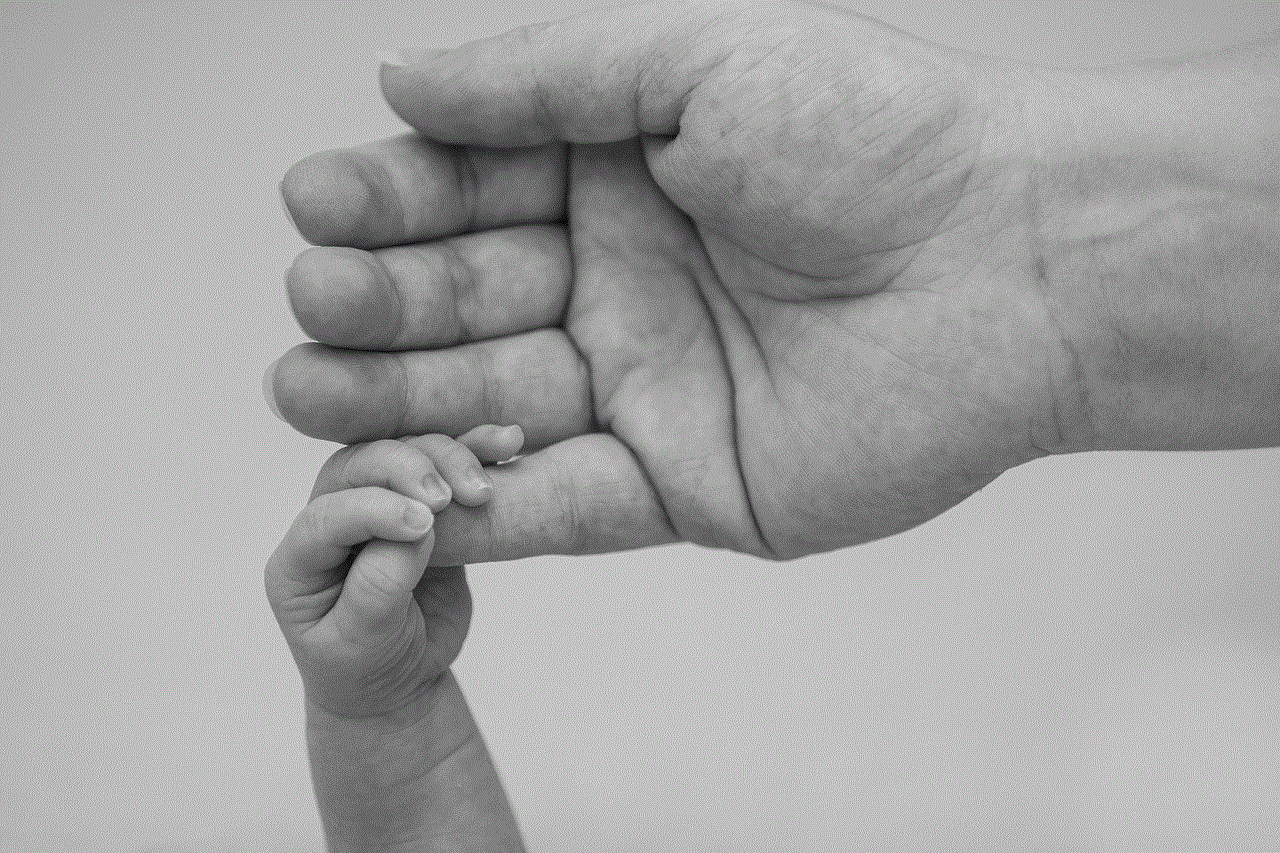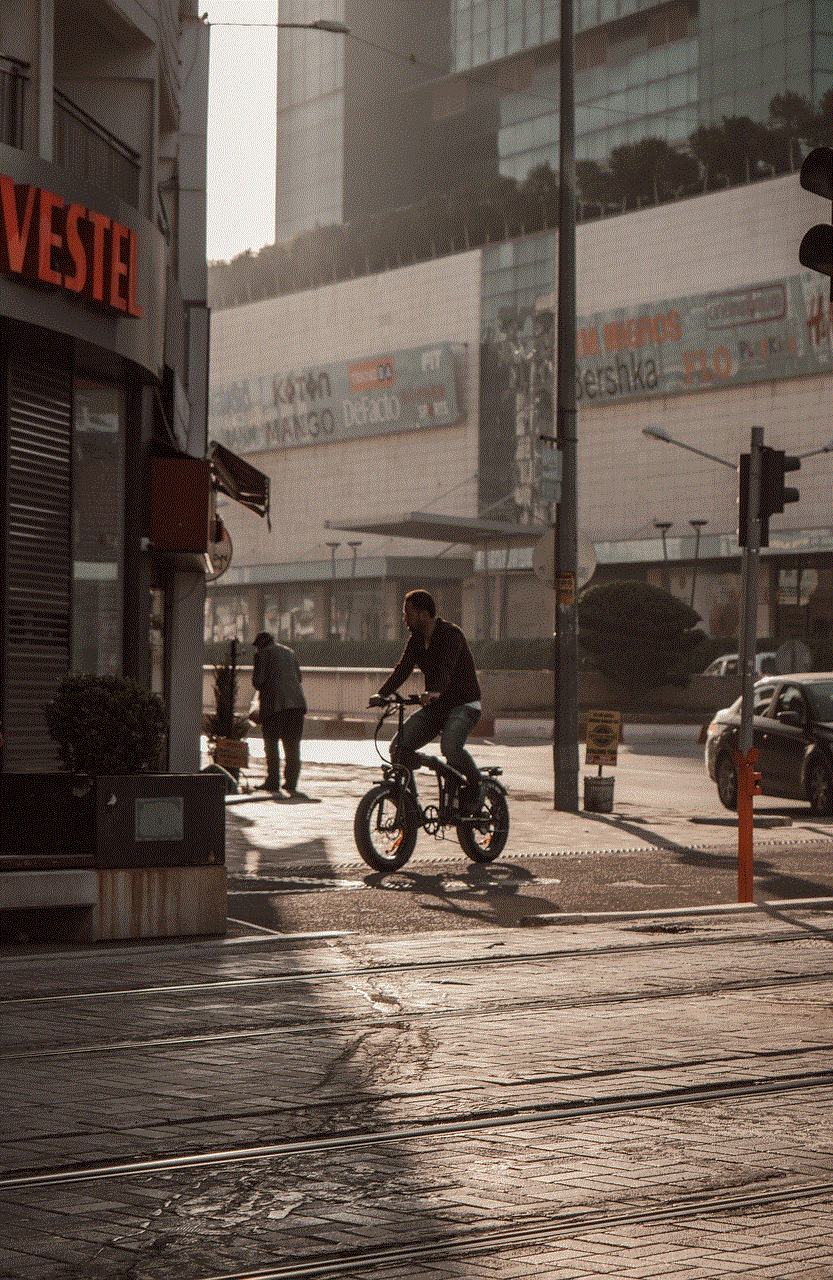triangulate cell phone position
Cell phones have become an integral part of our daily lives, serving as a means of communication, entertainment, and even navigation. With the advancement in technology, the accuracy and reliability of cell phone position tracking have also significantly improved. One such method of tracking the location of a cell phone is through triangulation. In this article, we will delve deeper into the concept of triangulating cell phone positions, its benefits, and the technology behind it.
Triangulation is a technique used to determine the location of an object by measuring the angles between it and two or more known points. In the case of cell phone positioning, these known points are cell phone towers. Every cell phone tower has a unique code, and by measuring the signal strength and time taken for the signal to reach the tower, the location of the cell phone can be determined. This process is known as trilateration, and it forms the basis of triangulation.
The concept of triangulating cell phone positions is not new; it has been used for decades by law enforcement agencies to track the location of suspects. However, with the widespread use of smartphones and the availability of GPS technology, triangulation has become more accurate and accessible to the general public.
One of the most significant advantages of triangulating cell phone positions is its accuracy. Unlike GPS, which requires a clear view of the sky, triangulation can work even in urban areas with tall buildings. This is because cell phone towers are located in various places, providing more data points for triangulation. Moreover, the accuracy of triangulation can be further improved by using multiple cell phone towers to determine the location of a cell phone.
Another benefit of triangulating cell phone positions is its ability to track a cell phone even when the GPS is turned off. In certain situations, such as when a phone is lost or stolen, the GPS feature may be disabled. In such cases, triangulation can still provide an accurate location of the cell phone. This can be crucial in recovering lost or stolen devices.
Triangulation is not only limited to tracking the location of a cell phone; it can also be used to determine the direction in which a cell phone is moving. By measuring the signal strength and time taken for the signal to reach two or more towers, the speed and direction of the cell phone can be calculated. This feature is particularly useful for navigation or tracking the movement of a person or vehicle.
The technology behind triangulating cell phone positions is constantly evolving, making it more accurate and efficient. The latest advancements in this field include the use of advanced algorithms and machine learning to improve the accuracy of trilateration. Moreover, the integration of Wi-Fi networks and Bluetooth technology has also enhanced the precision of triangulation.
However, like any other technology, triangulating cell phone positions also has its limitations. One of the major challenges is the availability of cell phone towers. In remote areas with a limited number of cell phone towers, triangulation may not be accurate or even possible. Additionally, the accuracy of triangulation can be affected by environmental factors such as weather conditions and topography.
Privacy is another concern when it comes to triangulating cell phone positions. While it can be a useful tool for tracking lost or stolen devices, it can also be used to invade someone’s privacy. This raises ethical questions about the use of this technology and the need for proper regulations to protect individuals’ privacy.
However, the benefits of triangulating cell phone positions far outweigh its limitations. It has proven to be a valuable tool in various scenarios, such as emergency situations, search and rescue operations, and even in day-to-day navigation. Moreover, with the increasing number of cell phone users globally, the accuracy of triangulation is expected to improve further.
Apart from its practical use, triangulation has also played a significant role in solving criminal cases. Law enforcement agencies have successfully used triangulation to track suspects and gather evidence. In some cases, it has even helped in locating missing persons.
In conclusion, triangulating cell phone positions is an essential and ever-evolving technology that has made our lives more convenient and secure. It has revolutionized the way we track the location of cell phones, making it more accurate and accessible. However, with great power comes great responsibility, and it is crucial to use this technology ethically and responsibly. With proper regulations and advancements in technology, triangulation is expected to continue to play a crucial role in various aspects of our daily lives.
thanksgiving arts and crafts for toddlers
Thanksgiving is a special time of year where families and friends come together to give thanks for all of their blessings. It’s also a great opportunity to engage in fun and creative activities with your little ones. As a parent or caregiver, you may be looking for some fun and easy Thanksgiving arts and crafts ideas to keep your toddlers entertained and engaged. Look no further! In this article, we will explore some of the best Thanksgiving arts and crafts for toddlers that are not only fun, but also educational.
1. Handprint Turkey
One of the most iconic symbols of Thanksgiving is the turkey. This craft is perfect for toddlers as it allows them to get messy and be creative at the same time. To make a handprint turkey, you will need some brown, red, orange, yellow, and black paint, as well as a blank canvas or paper. Start by painting your child’s palm and thumb with brown paint and pressing it onto the canvas. This will be the turkey’s body. Next, use your child’s fingers to make colorful feathers by dipping them in the other paint colors and pressing them around the handprint. Once the paint dries, you can add details such as eyes and a beak using black and red paint.
2. Paper Plate Turkey
Another fun and easy turkey craft is making a paper plate turkey. To make this, you will need a paper plate, some colored construction paper, scissors, and glue. Start by cutting out a small triangle for the beak and a small red wattle from the construction paper. Then, cut out some feathers from different colored paper. Next, have your child glue the feathers onto the back of the paper plate. Finally, glue on the beak and wattle to the front of the plate. Your child can draw on eyes or you can use googly eyes for a fun touch.
3. Pumpkin Handprint Art
Pumpkins are another iconic symbol of Thanksgiving and this craft is a great way to incorporate your child’s handprint into a cute and festive decoration. To make pumpkin handprint art, you will need some orange and green paint, as well as a blank canvas or paper. Start by painting your child’s palm and fingers with orange paint and pressing it onto the canvas. This will be the pumpkin. Next, use green paint to make a stem at the top of the pumpkin. You can also add details such as a face or leaves using different colored paint.
4. Thankful Tree
Thanksgiving is all about giving thanks and what better way to teach your child about gratitude than with a thankful tree. To make this craft, you will need some construction paper, scissors, and a marker. Cut out a tree trunk and branches from brown construction paper and glue it onto a larger piece of paper. Then, have your child trace and cut out their handprints from different colored construction paper. On each handprint, have them write something they are thankful for. They can then glue the handprints onto the tree branches to create a beautiful and meaningful piece of art.



5. Paper Bag Turkey
This craft is not only fun, but it also doubles as a toy for your child to play with. To make a paper bag turkey, you will need a paper bag, some colored construction paper, scissors, and glue. Start by stuffing the paper bag with newspaper or tissue paper to give it a full body. Then, cut out a turkey head, beak, and wattle from the construction paper and glue them onto the front of the bag. Next, have your child cut out feathers from different colored paper and glue them onto the back of the bag. Your child can then use their paper bag turkey to play or use it as a decoration.
6. Corn on the Cob Painting
This craft is a fun and unique way to create a colorful Thanksgiving decoration. To make corn on the cob painting, you will need some yellow, orange, and green paint, as well as a blank canvas or paper. Start by dipping a piece of corn (still in the husk) into the paint and pressing it onto the canvas. Your child can use different colors to create a unique pattern. Once the paint dries, you can add details such as cornhusks and a stem using green paint or construction paper.
7. Pinecone Turkey
Pinecones are a great material to use for Thanksgiving crafts as they resemble the feathers of a turkey. To make a pinecone turkey, you will need a pinecone, some construction paper, googly eyes, glue, and scissors. Start by cutting out a turkey head, beak, and wattle from the construction paper and glue them onto the top of the pinecone. Next, have your child glue on googly eyes and cut out feathers from different colored construction paper. They can then glue the feathers onto the back of the pinecone to create a cute and festive turkey.
8. Wheat Weaving
Wheat is a staple food during Thanksgiving and this craft is a great way to teach your child about the importance of this crop. To make a wheat weaving, you will need some dried wheat stalks, yarn, and scissors. Start by tying three stalks together at the top with yarn. Then, weave the yarn in and out of the stalks to create a pattern. You can also add different colored yarn or create multiple weavings to make a beautiful decoration for your home.
9. Thankful Handprint Wreath
Another great way to incorporate gratitude into your Thanksgiving crafts is by making a thankful handprint wreath. To make this, you will need a paper plate, some colored construction paper, scissors, and glue. Start by cutting out the center of the paper plate to create a wreath shape. Then, have your child trace and cut out their handprints from different colored construction paper. On each handprint, have them write something they are thankful for. They can then glue the handprints onto the paper plate wreath to create a beautiful and meaningful decoration.
10. Pumpkin Seed Art
After carving pumpkins, you may have a lot of pumpkin seeds left over. This craft is a great way to use them in a creative and fun way. To make pumpkin seed art, you will need some pumpkin seeds, glue, and a blank canvas or paper. Start by painting the pumpkin seeds with different colors using acrylic or tempera paint. Once the paint dries, have your child glue the seeds onto the canvas to create a unique and colorful piece of art.
Thanksgiving arts and crafts are a great way to engage your toddlers and teach them about the holiday and its traditions. They also provide an opportunity for your child to use their creativity and fine motor skills. These 10 ideas are just a few of the many Thanksgiving crafts that you can do with your little ones. So gather your supplies and get ready for a fun and festive crafting session with your toddler this Thanksgiving.
moms news report of toddlers public tantrum



As a mother of a toddler, I am well-versed in the world of public tantrums. I have seen it all – the screaming, the kicking, the flailing arms and legs, the tears. It can be embarrassing, frustrating, and downright exhausting. But recently, I experienced a public tantrum with my child that left me both amused and proud. Let me share with you the story of my little one’s outburst and how it turned into a newsworthy event.
It was a typical Saturday afternoon at the local grocery store. My two-year-old son, Max, was sitting in the shopping cart, contently munching on a bag of goldfish crackers while I picked out our weekly groceries. Suddenly, without any warning, he threw the bag of crackers on the floor and let out an ear-piercing shriek. I could feel the eyes of other shoppers on us as they tried to figure out what was causing the commotion.
At first, I was mortified. I could feel the heat rising to my cheeks as I tried to calm Max down. But nothing was working. He seemed determined to have a full-blown meltdown in the middle of the store. I quickly grabbed the bag of crackers and put it back in the cart, hoping that would appease him. But he was having none of it. He continued to scream and kick his feet in the air, causing a scene that even drew the attention of the store manager.
I could feel the judgmental stares of other shoppers, and I wanted to disappear. But then, something unexpected happened. A woman, who I later found out was a local news reporter, approached us and asked if she could interview me for a segment on public tantrums. At first, I was hesitant. I didn’t want to be featured on the news for my child’s outburst. But then she explained that she was a mother herself and wanted to shed light on the struggles of parenting in public.
Feeling a sense of camaraderie with this stranger, I agreed to the interview. As she set up her camera, Max’s tantrum continued to rage on. But instead of trying to stop him, I decided to let him go. After all, what could be more newsworthy than a toddler throwing a tantrum in the middle of a crowded grocery store? The reporter asked me questions about my experience as a mother and how I handle public tantrums. I answered honestly, sharing my struggles and the techniques I use to calm my child down.
As the interview went on, something miraculous happened. Max’s tantrum started to fade. Maybe it was the attention he was getting, or perhaps he was just tired of screaming. But either way, he eventually stopped and gave a big smile to the camera. The reporter captured the whole thing, and it turned out to be a heartwarming and relatable segment.
The segment aired on the local news that evening, and I was surprised at the response it received. Many parents reached out to me, sharing their own experiences with public tantrums and thanking me for being so open and honest. It was a reminder that we are not alone in our parenting struggles and that sometimes, the best thing we can do is laugh it off and know that tomorrow is a new day.
But the story doesn’t end there. A few days later, I received a call from the reporter who interviewed me. She said that the segment had been picked up by a national news network and they wanted to feature it on their morning show. I couldn’t believe it – my son’s public tantrum was going to be broadcasted to the entire country. But I agreed, knowing that it could bring a smile to someone’s face or make them feel less alone in their parenting journey.
The morning of the segment, I woke up early to get Max ready. He was excited to be on TV and didn’t seem to remember the tantrum that had sparked this whole adventure. We arrived at the studio, and the producers were thrilled to have us there. They even gave Max a little microphone to wear, which he proudly showed off to anyone who would listen.
As we sat on the couch, waiting for our segment to air, I couldn’t help but feel proud of my son. He had gone from having a full-blown meltdown in the grocery store to being a star on national television. The segment aired, and it was a hit. The hosts laughed and joked with us, and I could see that they truly understood the struggles of parenting in public.
After the show, we received countless messages from people all over the country, thanking us for sharing our story and bringing a little humor to their day. It was a surreal experience, and I couldn’t help but think that maybe Max’s tantrum was meant to happen to bring a little joy to others.



Looking back on the whole ordeal, I realized that Max’s tantrum had turned into something much more significant than just a public outburst. It had become a reminder that as parents, we are all in this together. We all have our struggles, and we all have those moments where we feel like we are failing. But sometimes, those moments can turn into something beautiful and connect us with others who are going through the same thing.
So to all the parents out there who have experienced a public tantrum – know that you are not alone. And who knows, maybe your child’s outburst could turn into a heartwarming news story that brings a smile to someone’s face.
